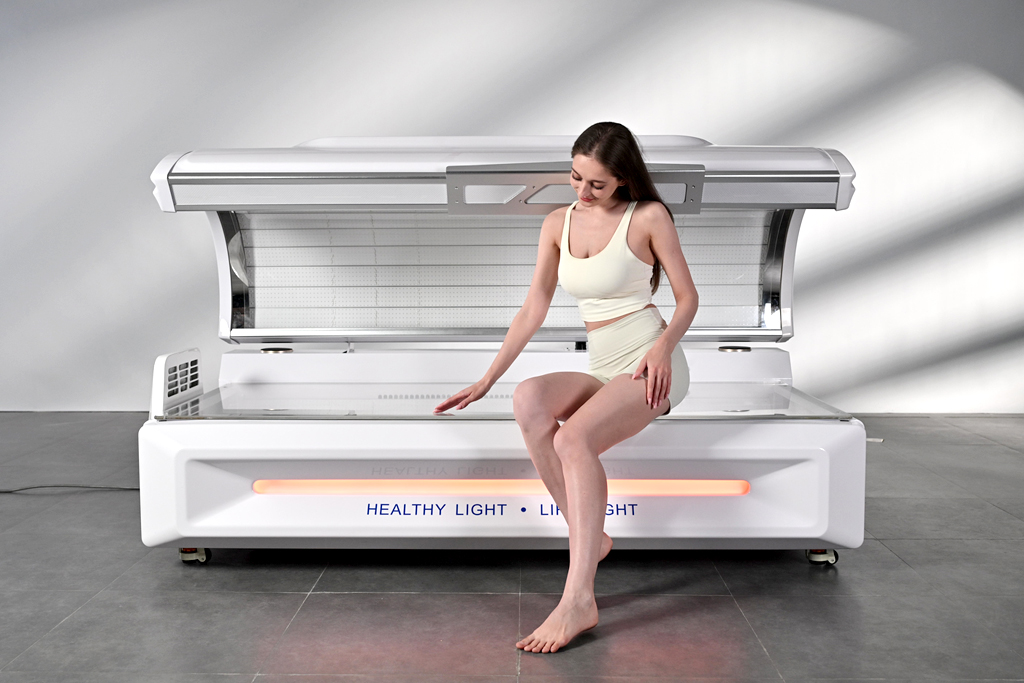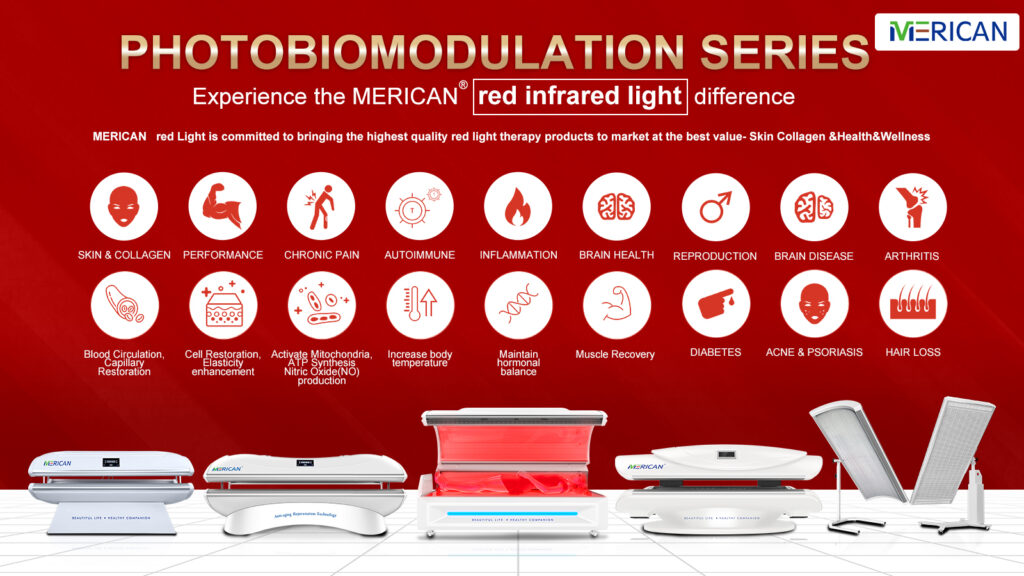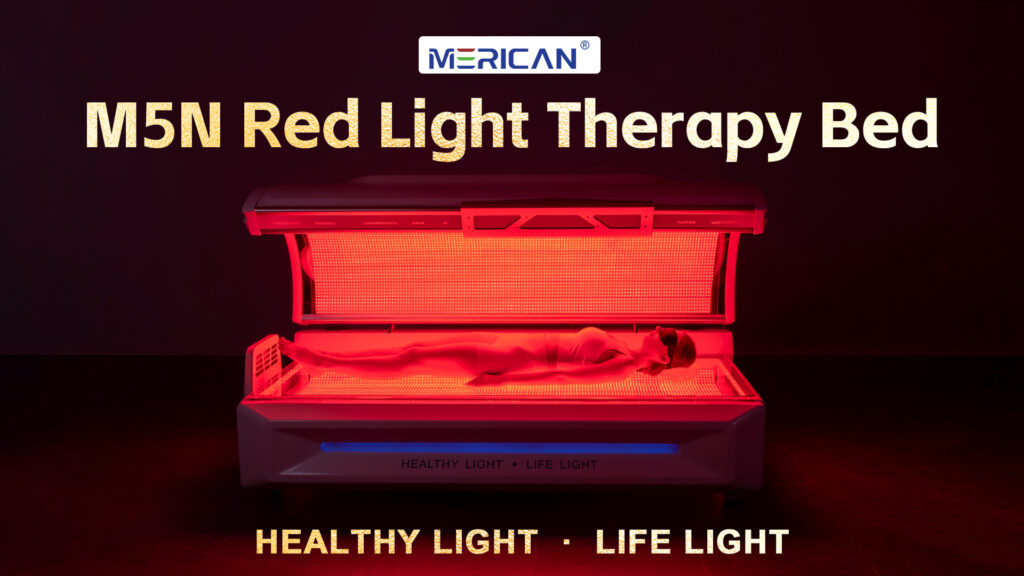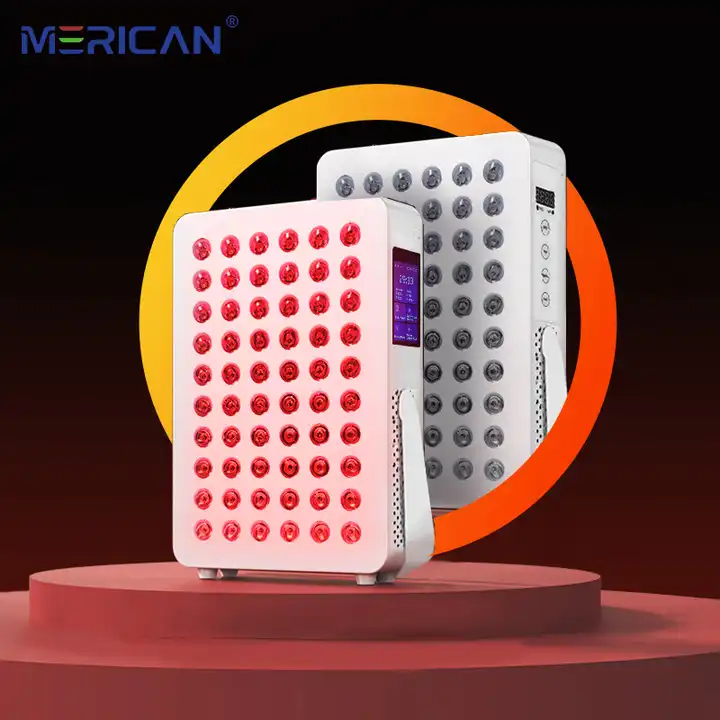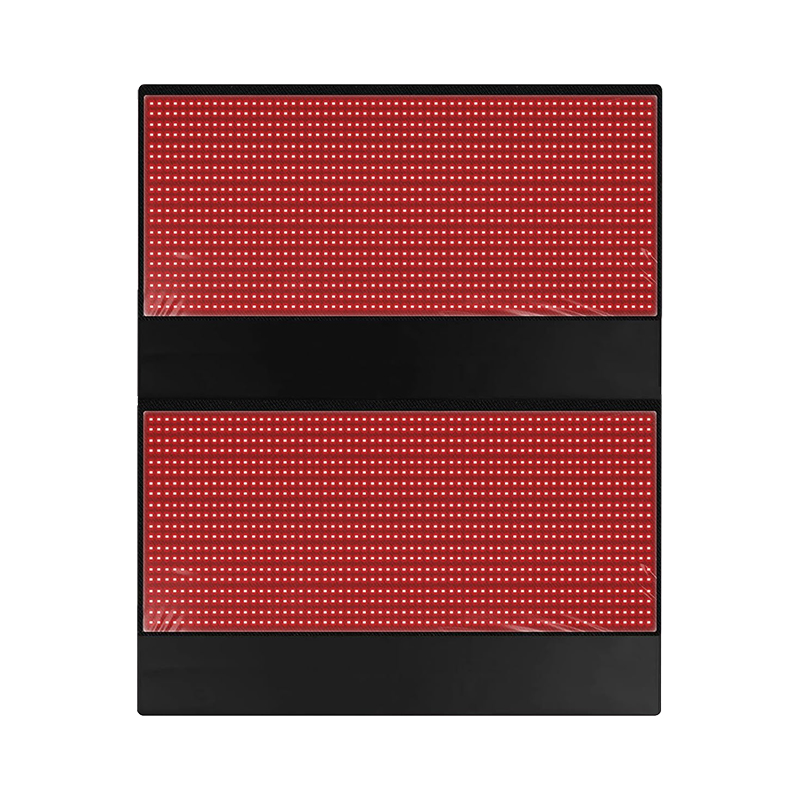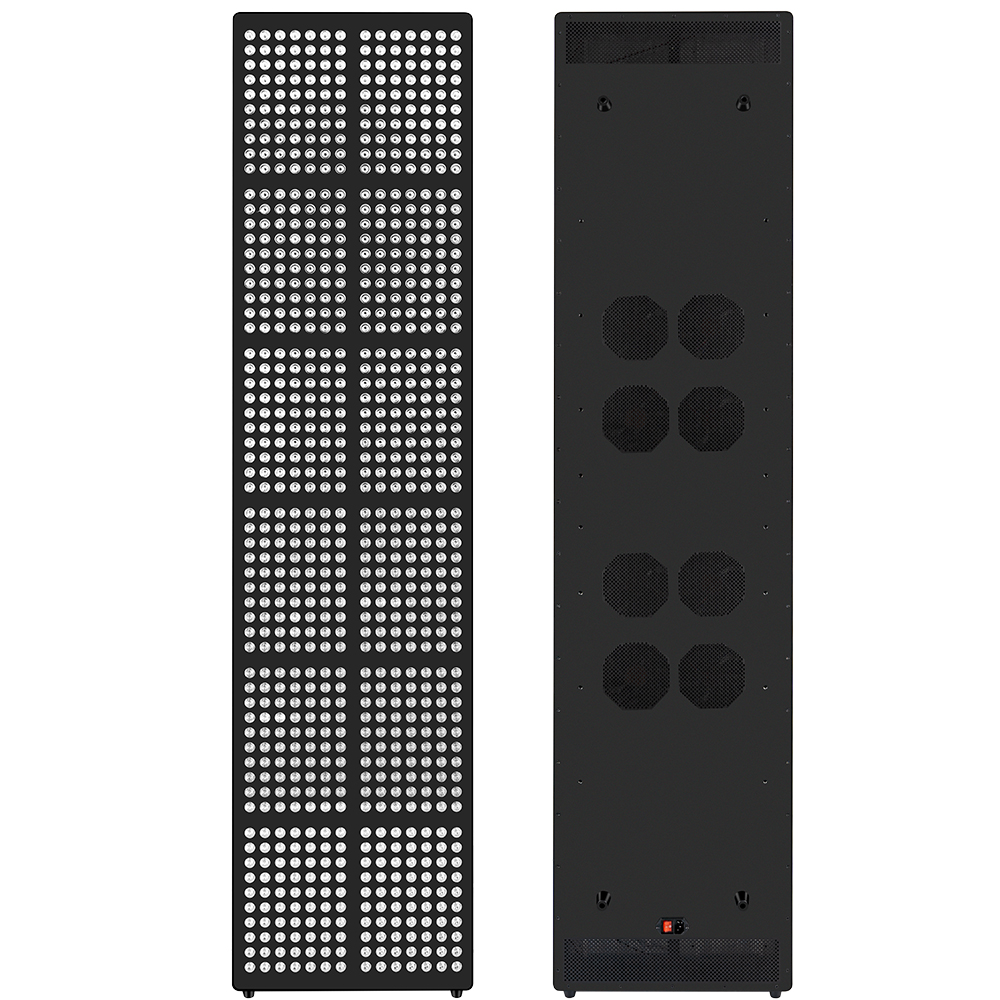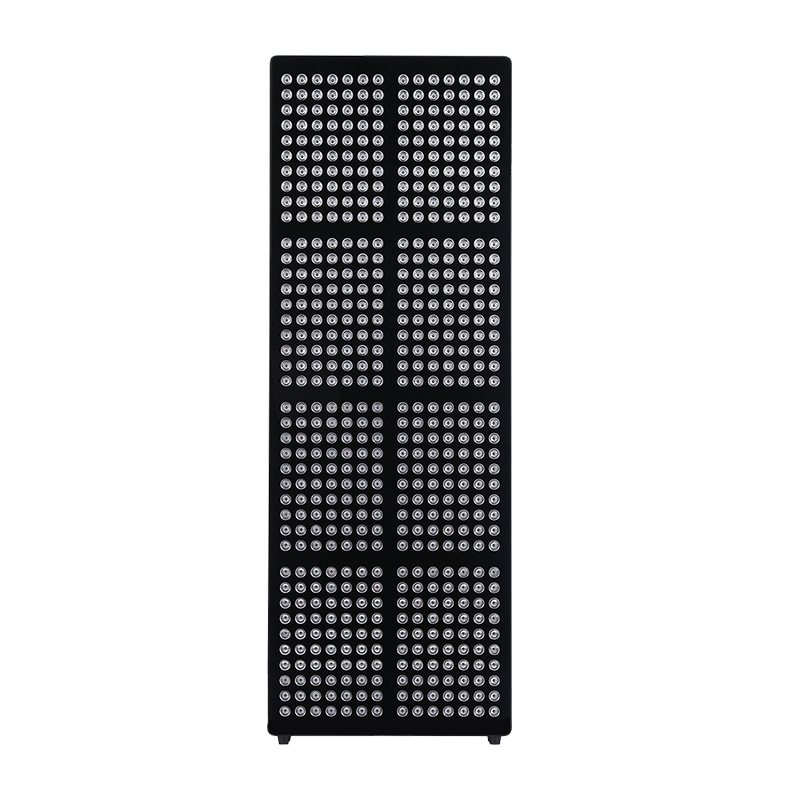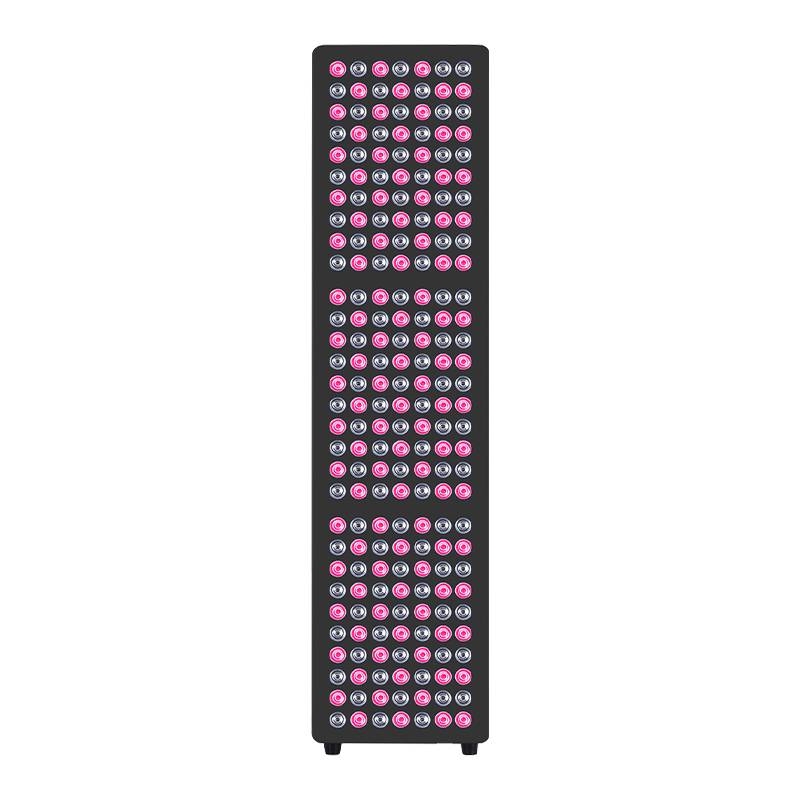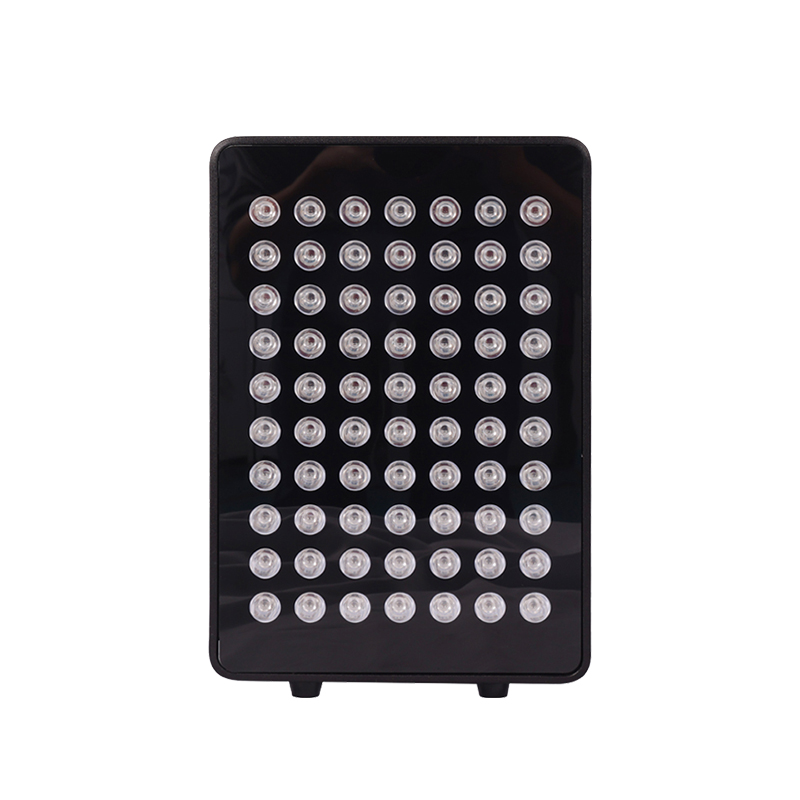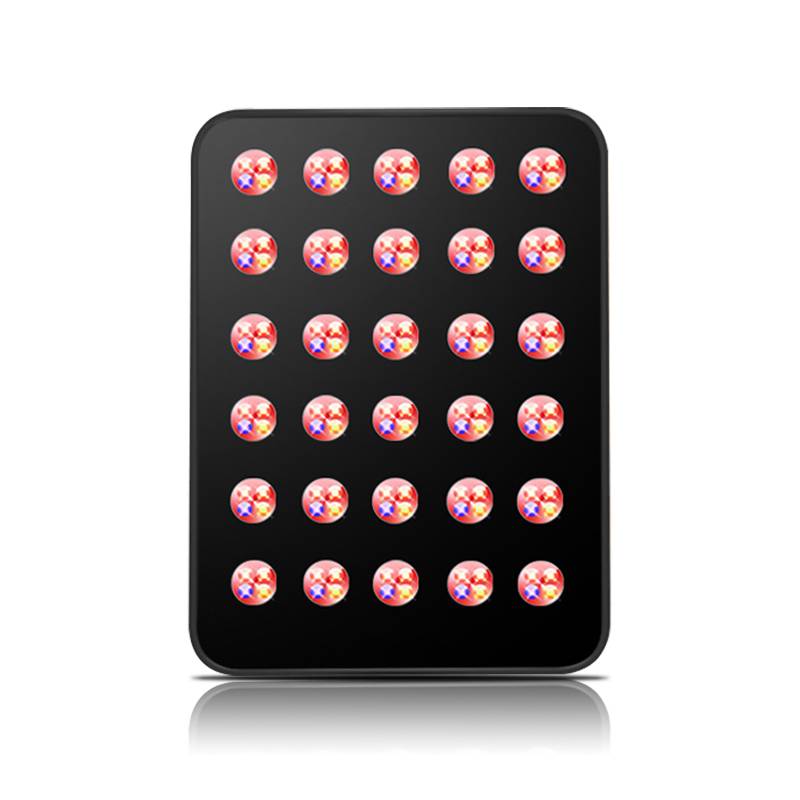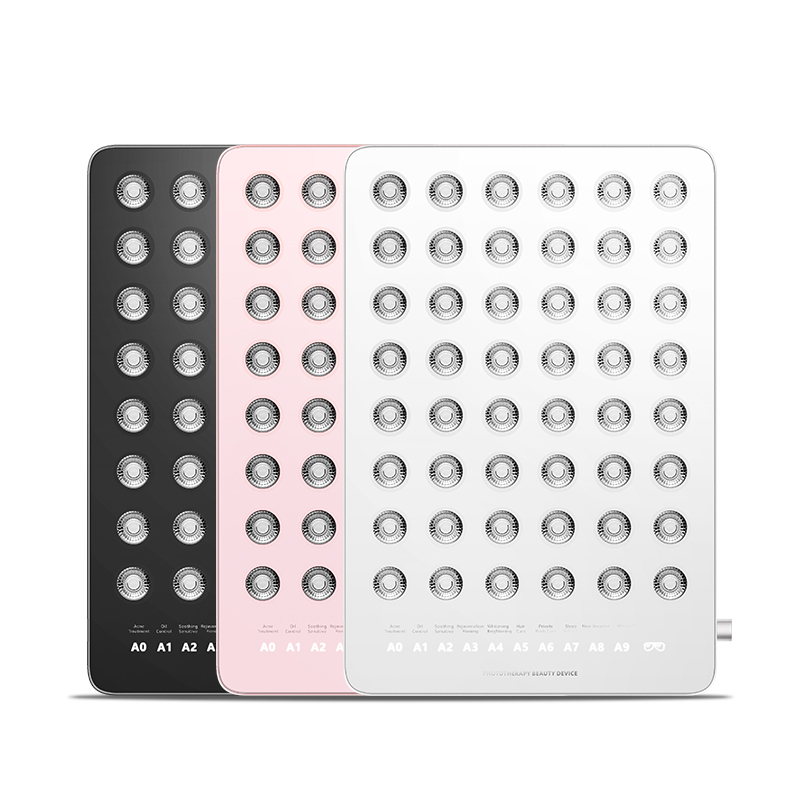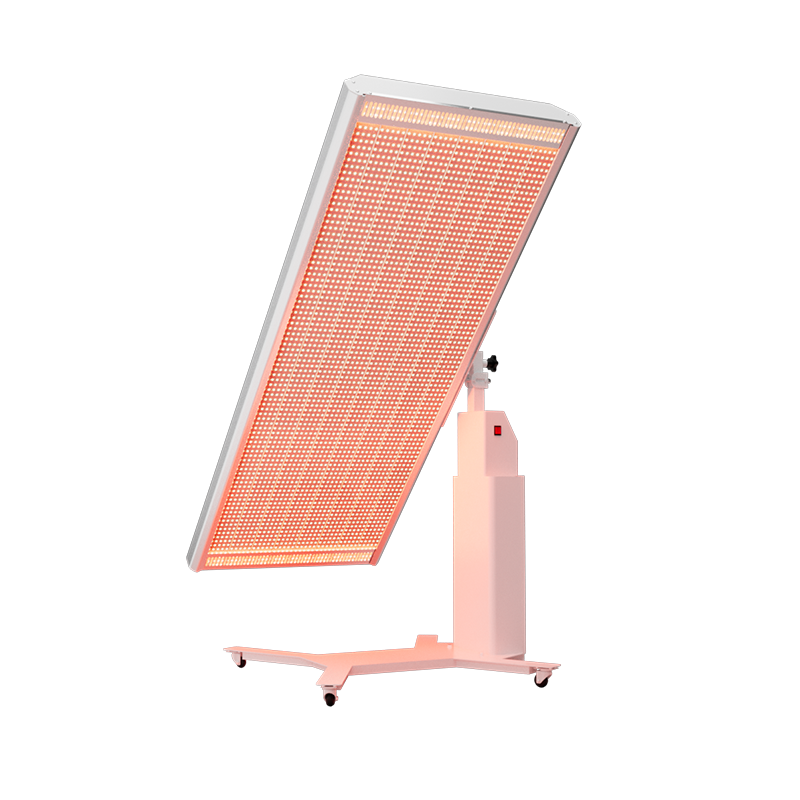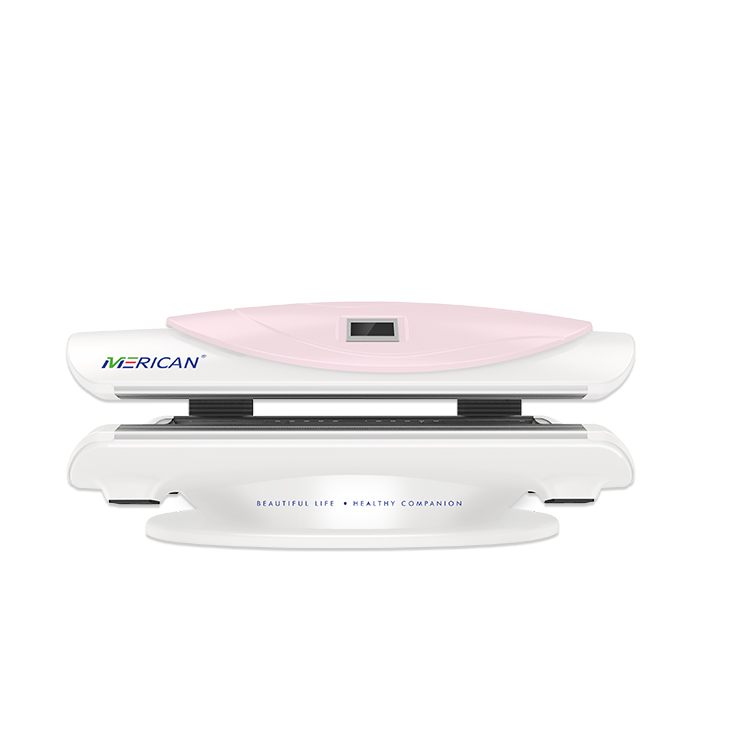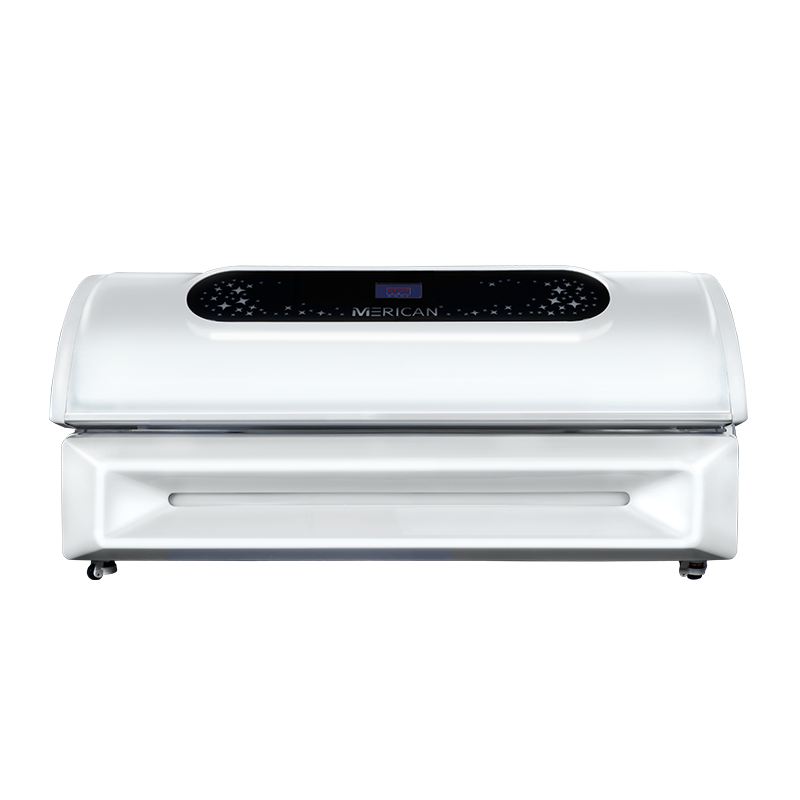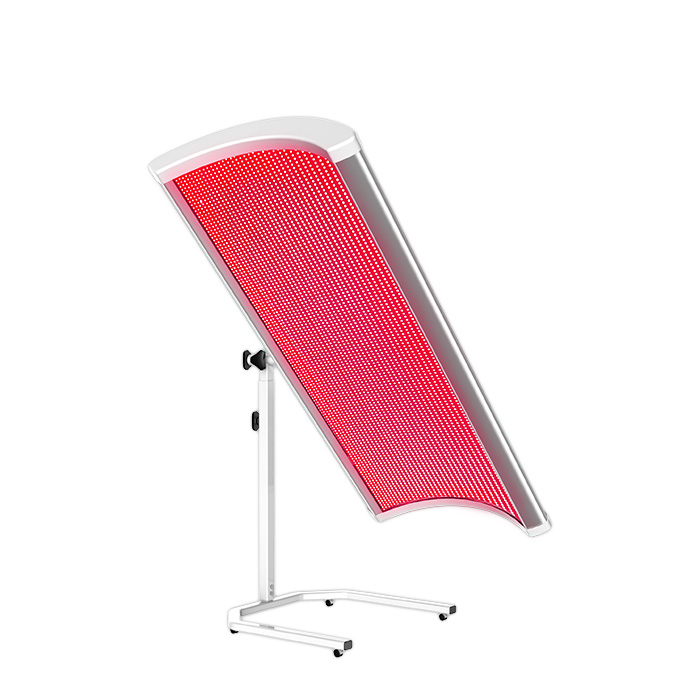적색광 요법이란 무엇이며 뇌에서 작동하는 방식
빨간불 치료 (RLT)-광포 조절이라고도합니다. 저수준의 적색 또는 근적외선 조명을 사용합니다 (620–850 nm) 신체의 생물학적 과정을 자극합니다.

RLT는 미토콘드리아를 활성화시켜 세포에서 에너지 생산을 향상시킵니다, 그만큼 “발전소” 셀의. 이것은 더 많은 ATP로 이어집니다 (세포 에너지), 신경 기능을 회복하고 안정화시키는 데 도움이됩니다.
뇌에 어떤 영향을 미칩니 까?
머리에 바르면, 붉은 빛은 두개골에 침투하여 뇌 조직에 도달 할 수 있습니다.. 연구에 따르면 가능합니다:
- 뇌 혈류를 개선하십시오
- 신경 염증을 줄입니다
- 뉴런 회복을 지원합니다
- 과잉 활성 통증 경로의 균형
이러한 효과는 특히 편두통 환자와 관련이 있습니다, 두통은 종종 뇌 에너지 결함 및 염증과 관련이 있습니다..
뇌의 근본적인 스트레스 요인을 목표로합니다, 적색광 요법은 약물없이 편두통 빈도와 강도를 줄이는 데 도움이 될 수 있습니다..
편두통 이해
편두통은 중등도에서 중증의 머리 통증의 반복 공격으로 표시된 복잡한 신경계 장애입니다., 종종 감각 장애가 동반됩니다.
일반적인 긴장 두통과 달리, 편두통은 중추 신경계와 두개골 혈관 모두에 영향을 미치는 비정상적인 뇌 활동을 포함합니다.. 그들은 이제 뇌 네트워크의 장애로 인식됩니다., 특히 뇌간과 관련이 있습니다, 피질, 및 트리 데미노 혈관 시스템.
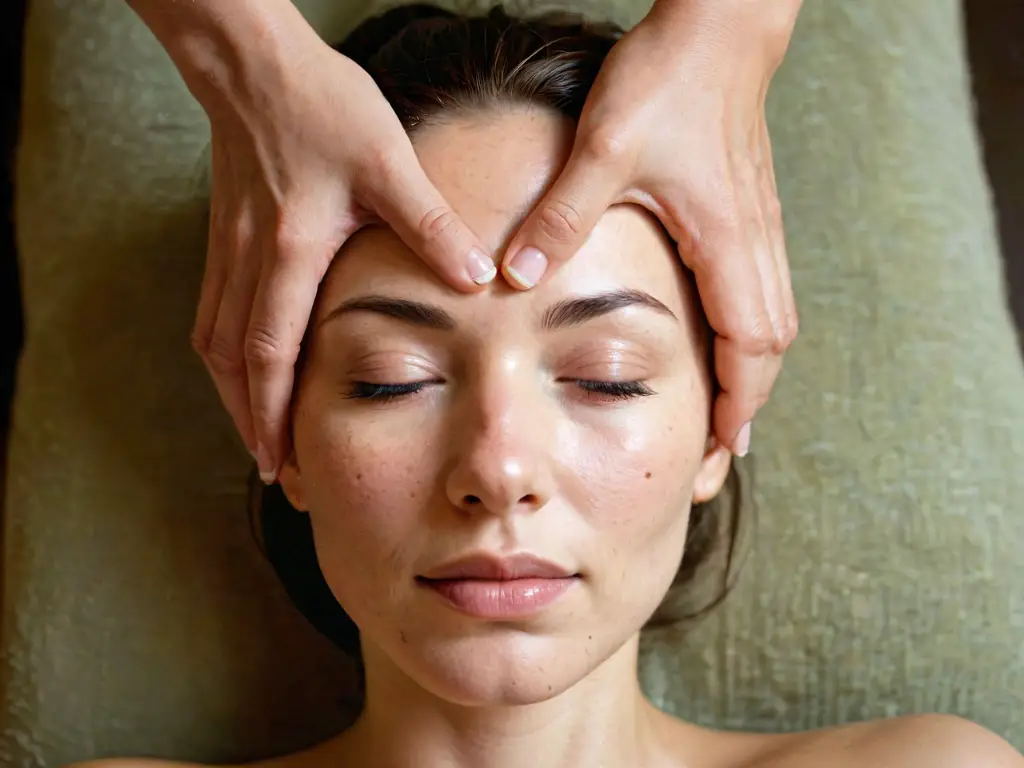
일반적인 트리거
편두통 공격은 종종 환경의 조합으로 시작됩니다., 생리 학적, 그리고 행동 요인, 포함:
- 스트레스와 정서적 변화: 코티솔 변동은 신경 안정성을 방해 할 수 있습니다.
- 호르몬 이동: 특히 에스트로겐의 변동, 뇌 흥분성에 영향을 미칩니다.
- 수면 중단: 수면 변경 부족 및 과도한 대뇌 피질 각성 임계 값.
- 식이 요인: 노화 된 치즈, 술 (특히 레드 와인), MSG, 카페인 철수.
- 감각 자극: 밝은 조명, 큰 소음, 또는 강한 냄새는 감각 피질을 과부하시킬 수 있습니다.
이 트리거는 세로토닌 및 CGRP와 같은 신경 전달 물질에 영향을 미칩니다, 이것은 뇌 혈관 톤과 통각 수용 신호를 조절합니다.
핵심 증상
편두통 증상은 일반적으로 네 가지 임상 단계를 따릅니다:
- 프로 드롬: 피로와 같은 미묘한 징후, 입을 크게 벌린, 음식 갈망, 그리고 목 강성.
- 영기 (일부 환자의 경우): 시각적 플래시, 사각 지대, 또는 피질 확산 우울증으로 인한 감각 왜곡.
- 공격: 두통을 겪는 두통 (종종 일방적입니다), 메스꺼움, 수명, 그리고 Phonophobia.
- Postdrome: 피로, 집중력, 그리고 “뇌 안개” 신경 피로가 남아 있기 때문에.
뇌의 참여와 영향
신경 영상은 만성 편두통 환자의 구조적 및 기능적 변화를 나타냅니다., 슐라 및 전방 싱턴트 피질과 같은 통증 조절 영역에서 감소 된 회백질 부피 포함.
시간이 지남에 따라, 빈번한 공격은인지 성능을 손상시킬 수 있습니다, 정서적 규제, 전반적인 뇌 회복력. 편두통을 뇌 중심 장애로 인식하는 것은 효과적인 발달의 열쇠입니다., 대상 요법.
적색광 요법이 편두통을 완화시키는 데 도움이되는 방법
Red Light Therapy가 편두통에 도움이되는 문제는 신흥 기계 및 임상 증거에 의해 점점 더 뒷받침됩니다..

다음은 편두통 구호를 지원할 수있는 5 가지 증거 기반 방법입니다.:
1. 뇌 세포에서 미토콘드리아 기능이 향상되었습니다
붉은 빛은 두피를 관통하고 미토콘드리아에서 시토크롬 C 산화 효소를 자극합니다., ATP 생산 향상. 편두통은 종종 미토콘드리아 대사 장애의 징후를 보이기 때문에, 이 세포 에너지 부스트는 뉴런 활동을 안정화시키고 편두통 감수성을 줄이는 데 도움이 될 수 있습니다..
2. 신경 염증 감소
편두통은 삼차 신경 및 주변 뇌 조직의 염증과 관련이 있습니다.. RLT는 발현을 감소시키는 것으로 나타났습니다 전 염증성 사이토 카인 (예를 들어, TNF-α, IL-1β) 항 염증 마커를 증가시킵니다, 잠재적으로 편두통 관련 염증을 완화시킵니다.
3. 피질 흥분성의 조절
하나의 편두통 방아쇠는 피질 확산 우울증입니다 (CSD), 과잉 행동의 물결과 뇌 피질의 억제. 적혈구 요법은 뉴런 막 전위를 안정화하고 산화 스트레스를 감소시켜 피질 흥분성을 조절하는 데 도움이 될 수 있습니다., 따라서 CSD 발병 가능성이 낮아집니다.
4. 뇌 혈류 향상
근적외선 파장은 산화 질소 방출을 향상시킨다, 혈관을 확장하고 뇌로의 산소 전달을 향상시킵니다.. 이것은 편두통 두통과 관련된 혈관 수축성 혈관 확장주기를 예방하는 데 도움이 될 수 있습니다..
5. 통증 경로의 조절
적혈구 요법은 삼중 혈관 시스템에서 활성을 하향 조절할 수 있습니다., 이는 편두통 병리 생리학의 중심입니다. 또한 엔도르핀 방출을 증가시키고 세로토닌 수준에 영향을 줄 수 있습니다., 둘 다 통증 인식 감소에 기여합니다.
편두통 완화를 위해 적색광 요법을 사용하는 방법
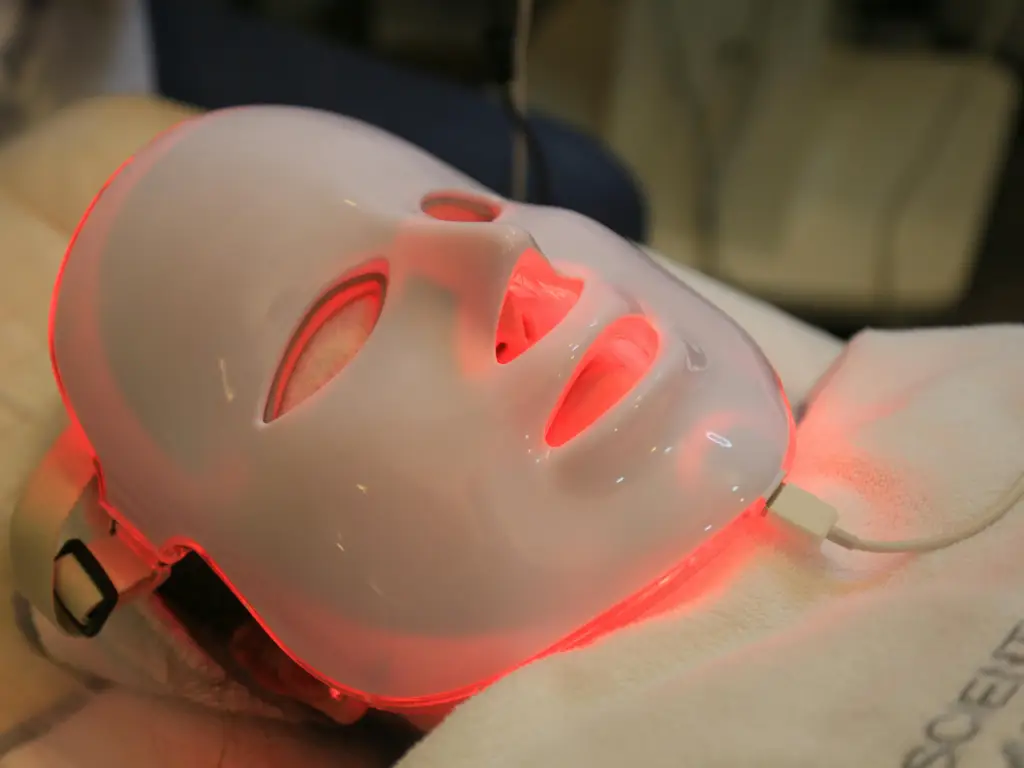
권장 매개 변수
- 파장:
660nm (빨간불): 표면 수준 처리에 좋습니다.
810–850nm (근적외선): 더 깊이 침투합니다, 뇌를 타겟팅하는 데 이상적입니다.
- 전력 밀도: 20–100 mw/cm²
- 세션 기간: 5–20 분
- 빈도: 1–2 만성 환자의 경우 하루 세션; 2-4 주 후에 효과를 평가하십시오
최고의 장치 유형
| 장치 유형 | 설명 | 프로 | 단점 |
| 머리띠 | 의복, 이마/사원을 대상으로합니다 | 핸즈프리, 뇌-표적 | LED가 약할 수 있습니다 |
| 페이스 마스크 | 얼굴 전체를 덮습니다 | 다중 유익 (피부 + 통증) | 뇌에만 초점을 맞추지 않았습니다 |
| 지팡이 장치 | 핸드 헬드, 직접 응용 프로그램 | 가지고 다닐 수 있는, 목표 사용 | 시간이 많이 걸립니다 |
편두통 구호를위한 권장 장치
레드 라이트 테라피 침대 M4: 11,616 LED, 1.2 KW, 이중 파장 (660 nm & 850 nm), 터치 스크린 제어, 블루투스 오디오.
가장 좋습니다: 편두통을 완화하고 뇌 에너지 대사를 개선하기 위해 헤드 영역을 목표로하는 가정용.
가벼운 요법 베드 m5n:맞춤형 파장, Wi -Fi/LCD 제어, 고급 냉각 시스템.
가장 좋습니다: 유연한 클리닉, 전문 급 치료 옵션.
LED 조명 치료 침대 M6N: 5-파장 커버리지, 깊은 조직 침투, 태블릿 제어, 높은 출력.
가장 좋습니다: 신경계 편두통을 치료하는 의료 또는 재활 센터.
사용 지침
- 느리게 시작하십시오: 5세션 당 –10 분, 하루에 한 번.
- 효과를 관찰하십시오: 일관된 사용 2-4 주 후에 개선이 나타날 수 있습니다.
- 눈 노출을 피하십시오: 항상 보호 안경을 착용하십시오.
- 민감한 피부 또는 빛 민감도? 더 짧은 세션으로 시작하고 조심스럽게 모니터링하십시오.
- 진행 상황을 추적합니다: 두통 다이어리를 사용하여 증상 완화와 치료를 연관시킵니다..
빨간불 치료 대. 다른 천연 편두통 치료
적색광 요법과 다른 비 약리학 편두통 중재와 비교하면 더 넓은 치료 전략 내에서 상대적인 효과와 위치에 대한 통찰력을 제공합니다..
| 치료 방식 | 기구 | 증거 수준 | 제한 |
| 레드 라이트 테라피 | 세포 에너지 향상, 항 염증, 신경 혈관 조절 | 성장 (객관적인 + 전임상) | 정기적으로 사용이 필요합니다; 고급 장치의 비용 장벽 |
| 침 요법 | 신경 경로 및 내인성 오피오이드의 조절 | 보통의 | 실무자 의존적 |
| 마그네슘 보충 | NMDA 수용체 조절, 미토콘드리아지지 | 결핍 관련 편두통에 강합니다 | 마그네슘 수준이 정상인 경우 제한된 효과 |
| 바이오 피드백 | 자율 신경계 조절 | 보통의 | 교육 및 시간 투자가 필요합니다 |
| 감기/열 요법 | 일시적인 감각 산만 | 낮은 | 증상 완화 만 |
표면 수준 중재와 달리, 적색광 요법은 잠재적으로 뇌의 더 깊은 미토콘드리아 및 신경 혈관 기능 장애를 다룬다. 비 약무입니다, 집에서 자체 관리 할 수 있습니다, 유리한 안전 프로파일이 있습니다, 멀티 모달 편두통 예방 전략에 통합하기에 적합합니다..
편두통을 위해 노력할 가치가있는 적색광 요법입니다
예비 임상 증거는 RLT가 여러 뇌 관련 메커니즘을 통해 선택된 환자에게 도움이 될 수 있음을 시사합니다.. 중요한 평가는 아래에 요약되어 있습니다:
임상 증거: 유망하지만 예비
- 초기 연구에 따르면 적색/근적외선 조명이 나타납니다 (630–850 nm) 편두통 빈도와 심각성을 줄일 수 있습니다.
- 최근 연구, Photobiomodulation 및 중추 신경계에 대한이 간행물에서 검토 된 것과 같은 (NCBI), 편두통에 대한 적색광이 삼중 혈관 활성화를 조절하는 데 도움이 될 수 있음을 보여주었습니다..
- 하지만, 증거는 여전히 제한되어 있습니다; 적색광 요법은 실험으로 남아 있습니다, 저 위험 부가-일차 치료가 아닙니다.
안전 및 부작용 프로파일
- RLT는 일반적으로 안전한 것으로 간주됩니다. 하지만, 일부 사용자는 적색광 치료 후 두통을보고합니다, 일반적으로 과도한 노출 또는 부적절한 장치 설정에 연결됩니다.
- 초기 사용은 보수적이어야합니다, 특히 의료 감독이없는 가정 환경에서.
누가 혜택을받을 수 있습니다
- 편두통 약물에 편협하지 않은 사람들에게 이상적입니다.
- 미토콘드리아 문제 또는 신경 염증 환자에게 적합합니다.
- 간질이나 감광성을 피하십시오; 전문가에게 문의하십시오.
오늘 시작하려면 Merican의 인증 된 Red Light 장치를 탐색하십시오..
FAQ:
적색광 요법이 편두통에 좋은 이유는 무엇입니까??
미토콘드리아 기능을 향상시킵니다, 신경 염증을 줄입니다, 뇌 혈류를 향상시킵니다.
편두통을위한 최고의 가벼운 요법은 무엇입니까??
근적외선 조명 요법 (810–850nm) 더 깊은 조직 침투 및 뇌-표적 효과로 인해 가장 효과적입니다..
편두통 치료에 가장 효과적인 적색광의 파장?
660nm에서 850nm 사이의 파장은 뇌의 편두통 관련 조직에 도달하는 데 가장 효과적인 것으로 간주됩니다..
머리와 뇌 영역에 사용하기에 적색광 요법이 안전합니다.?
예, 제대로 사용될 때, 일반적으로 위험이 낮은 상태로 안전합니다.



